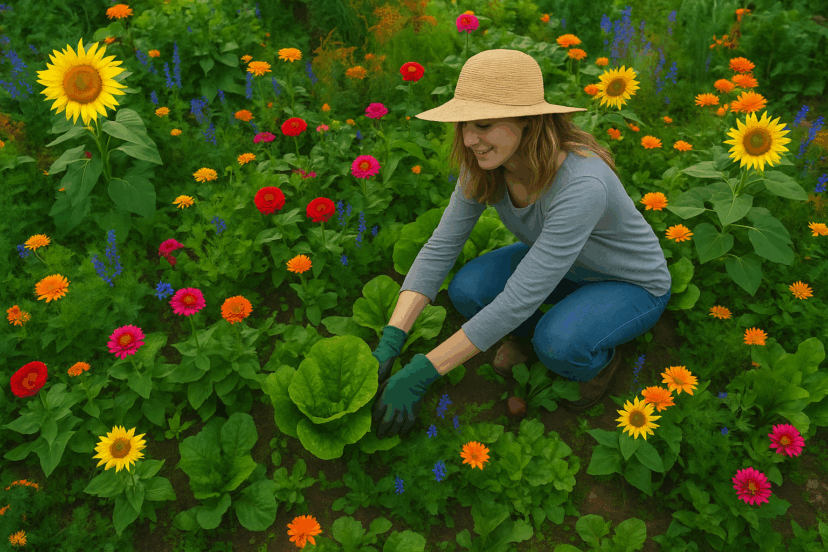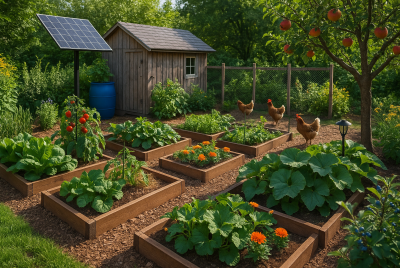Chaos Gardening: What It Is and How To Create One
We may earn a commission for purchases made using our links. Please see our disclosure to learn more.
Tired of strict garden layouts, constant weeding, and complicated planting guides? Chaos gardening offers a refreshingly simple solution. Instead of stressing over perfect rows, you toss a mix of seeds into your soil and let nature do the rest—resulting in a vibrant, low-maintenance garden that practically takes care of itself. If you’re craving a more relaxed, rewarding way to grow flowers, veggies, and herbs all in one space, chaos gardening might be exactly what your backyard needs.
What Is Chaos Gardening?
Chaos gardening is exactly what it sounds like: planting in controlled chaos. Instead of spacing rows and grouping like species, just spread a diverse range of seeds around your garden bed. There is no predetermined arrangement or symmetrical design—only a mix of culinary plants, herbs, flowers, and even cover crops growing together.
This technique resembles nature, where plants compete and cooperate to form a thriving micro-ecosystem. It’s not simply gorgeous; it’s functional.
Why Gardeners Are Embracing the Chaos
So why toss aside careful planning in favor of disorder? Because nature thrives in diversity. When you mix dozens of plant species, you reduce the risk of total crop failure, invite pollinators, and discourage pests—all while nurturing richer soil health.
Plus, chaos gardening saves time and money. No need to map out rows or buy specialty beds. You work with what you have and let nature take the lead.
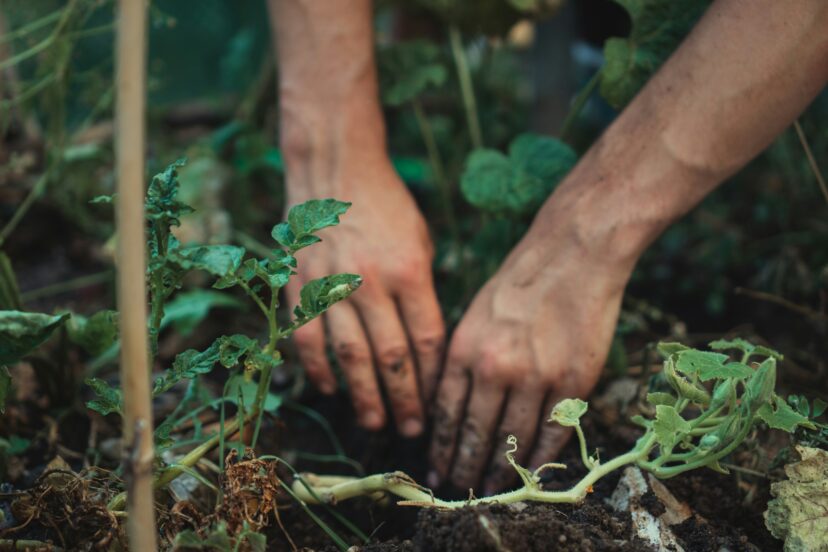
How To Start a Chaos Garden
Getting started is easier than you think. Here’s a simple step-by-step guide to grow your own wild patch of paradise:
Step 1: Pick Your Patch
Choose a sunny space in your yard or homestead. It can be as small as a few square feet or as large as a full garden bed. Raised beds work too.
Step 2: Gather a Seed Mix
Mix seeds for vegetables, herbs, flowers, legumes, and pollinator-friendly plants. Aim for variety—think lettuce, marigolds, basil, beans, sunflowers, and radishes all in one.
Pro Tip: Use expired seed packets or seed swaps to stock up for cheap.
Step 3: Prepare the Soil
Lightly till or rake your patch to loosen the topsoil. You don’t need to overwork it—just ensure the seeds can contact the earth.
Step 4: Scatter, Don’t Stress
Hand-scatter your seed mix across the bed. No need to bury or space them—just toss and go. That’s the beauty of it.
Step 5: Water, Wait, Watch
Water the area thoroughly after planting. Then, let it be. Water as needed, especially during dry spells, and watch your mini jungle unfold.
Benefits of Chaos Gardening
Chaos gardening isn’t just quirky—it’s rooted in real benefits:
- Increased biodiversity attracts pollinators and beneficial insects.
- Soil health improves as varied root structures reduce compaction and erosion.
- Pest resistance rises due to the mix of smells and colors that confuse harmful bugs.
- No wasted space—every inch is filled with useful or beautiful growth.
- Creative expression—every garden becomes unique, and no two are ever the same.
Best Plants for Chaos Gardening
Here are some great candidates to add to your seed mix:
- Zinnias – for vibrant colors and pollinator appeal
- Calendula – natural pest deterrent and edible petals
- Carrots – thrive under taller plants
- Lettuce & spinach – fill in low spaces
- Radishes – fast-growing space fillers
- Cilantro & basil – delicious and aromatic
- Beans – improve soil nitrogen levels
- Nasturtiums – edible and pest-repelling
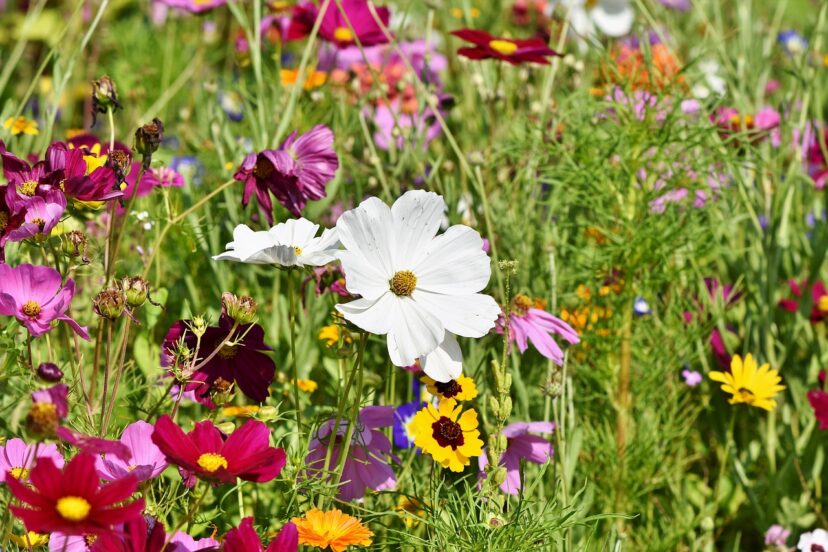
Recommended Products for Chaos Gardening
Looking to make your chaos garden even easier to launch? Here are some top Amazon picks to help:
- Survival Garden Heirloom Seed Variety Pack – 32 non-GMO vegetable seed packets
- Pollinator-Friendly Wildflower Mix – designed to attract bees, butterflies, and more
- Garden Rake with Ergonomic Handle – perfect for loosening soil before scattering
- Soaker Hose Irrigation System – ideal for keeping your garden hydrated without hassle
- Compostable Seed Starter Trays – if you want to prep a few favorites indoors before tossing outside
How Plant Diversity Boosts Pest Control Naturally
If you’re wondering whether tossing a mix of seeds into your garden actually works, science says yes—and it’s not just theory. A 2009 review in Ecological Applications found that diverse plantings help control pests naturally by attracting more beneficial insects and confusing unwanted ones.
Similarly, a 2021 study on cover crop diversity showed that gardens with mixed species saw fewer pest problems thanks to increased predator activity. So when you scatter those seeds with no set plan, you’re actually tapping into a proven strategy that lets nature do the hard work for you.
Letting Nature Lead: The Philosophy Behind Chaos Gardening
At its core, chaos gardening is more than just scattering seeds—it’s a mindset shift. Instead of controlling every square inch of your garden, you’re letting nature take the reins. This hands-off approach encourages a more balanced ecosystem, where plants, pollinators, and even pests find their place. It aligns beautifully with a broader return to self-sufficiency and earth-friendly practices. In fact, many homesteaders incorporate chaos gardening as part of their essential homesteading skills, blending food production with low-maintenance, sustainable methods.
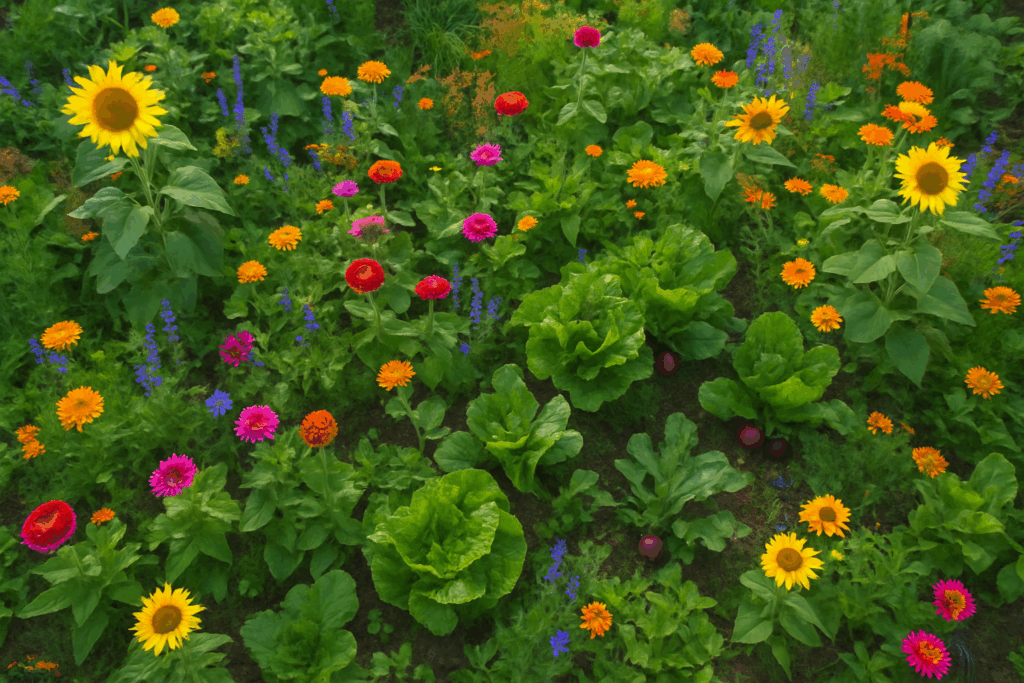
Final Thoughts
Chaos gardening turns conventional gardening on its head, embracing nature’s spontaneity instead of strict structure. By embracing randomness, variety, and the natural messiness of nature, you can build a more resilient, self-sustaining space that’s as rewarding as it is beautiful.
It’s not about perfection—it’s about participation. Grab some seeds, loosen the soil, and let your garden do the rest. Ready to ditch the rows and join the movement? Get started with your own chaos garden today!
FAQs
1. Can I use old seeds in chaos gardening?
Yes! Chaos gardening is a perfect way to use up expired or leftover seeds. Even if only half sprout, you’ll still get plenty of growth.
2. Do I need to weed a chaos garden?
Not usually. The dense growth suppresses many weeds naturally. You may pull some early on, but over time, your plants take over.
3. How much space do I need for my cottage garden?
You can start with a small bed or even a few large containers. Chaos gardening is scalable to your available space.
4. Is it okay to include herbs and flowers together?
Absolutely! Mixing herbs, veggies, and flowers enhances biodiversity and improves garden health.
5. Does chaos gardening work year-round?
It depends on your climate. In warmer zones, you may be able to garden nearly year-round. Otherwise, treat it as a seasonal project and enjoy the growth while it lasts.

